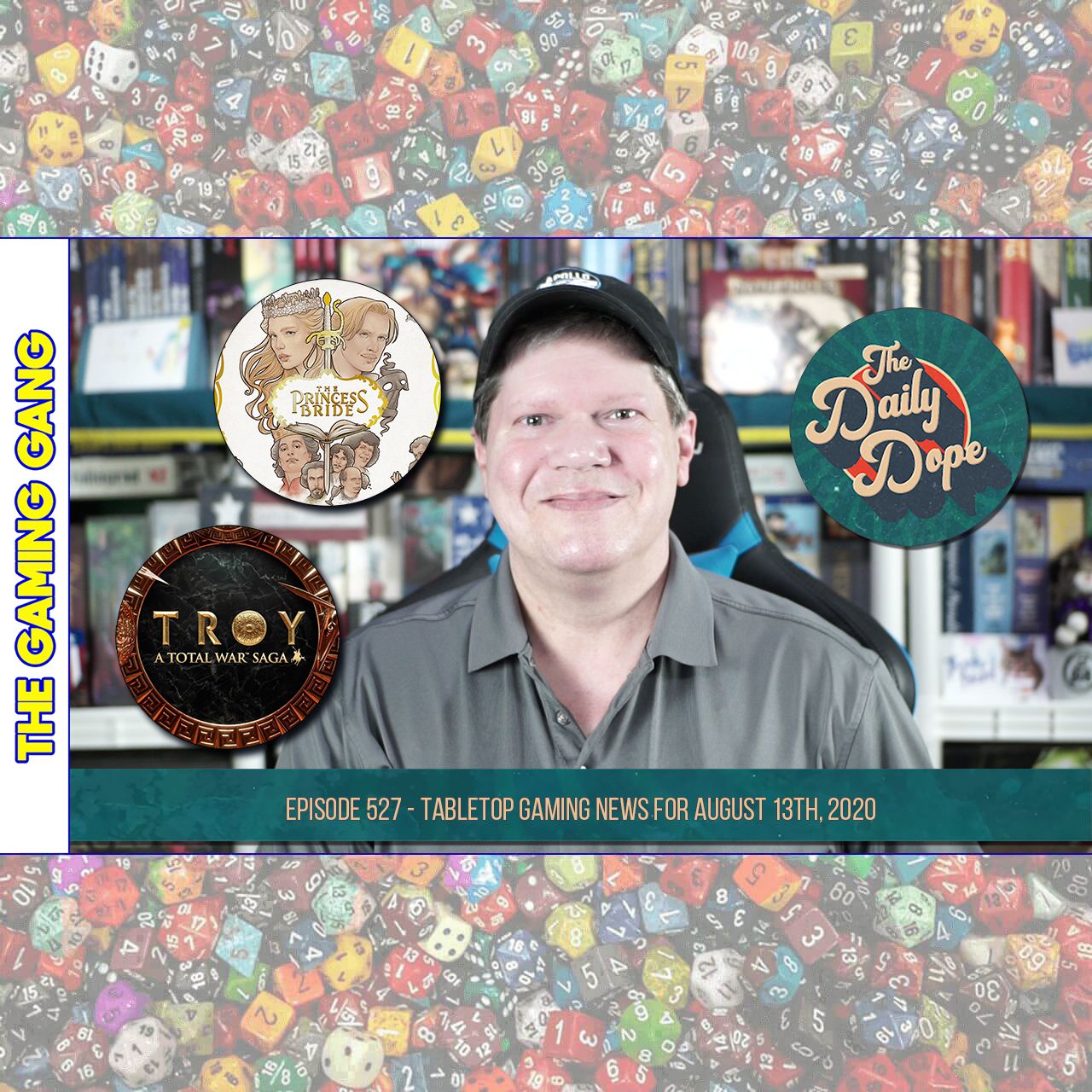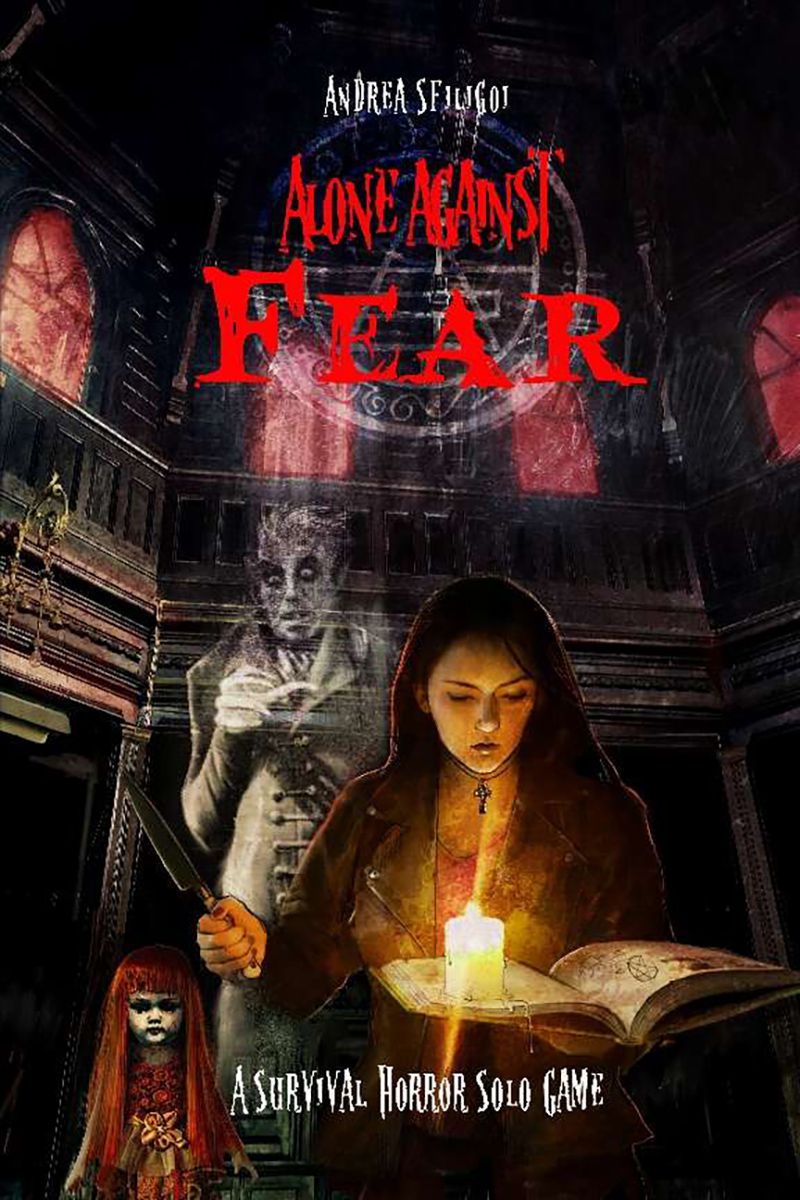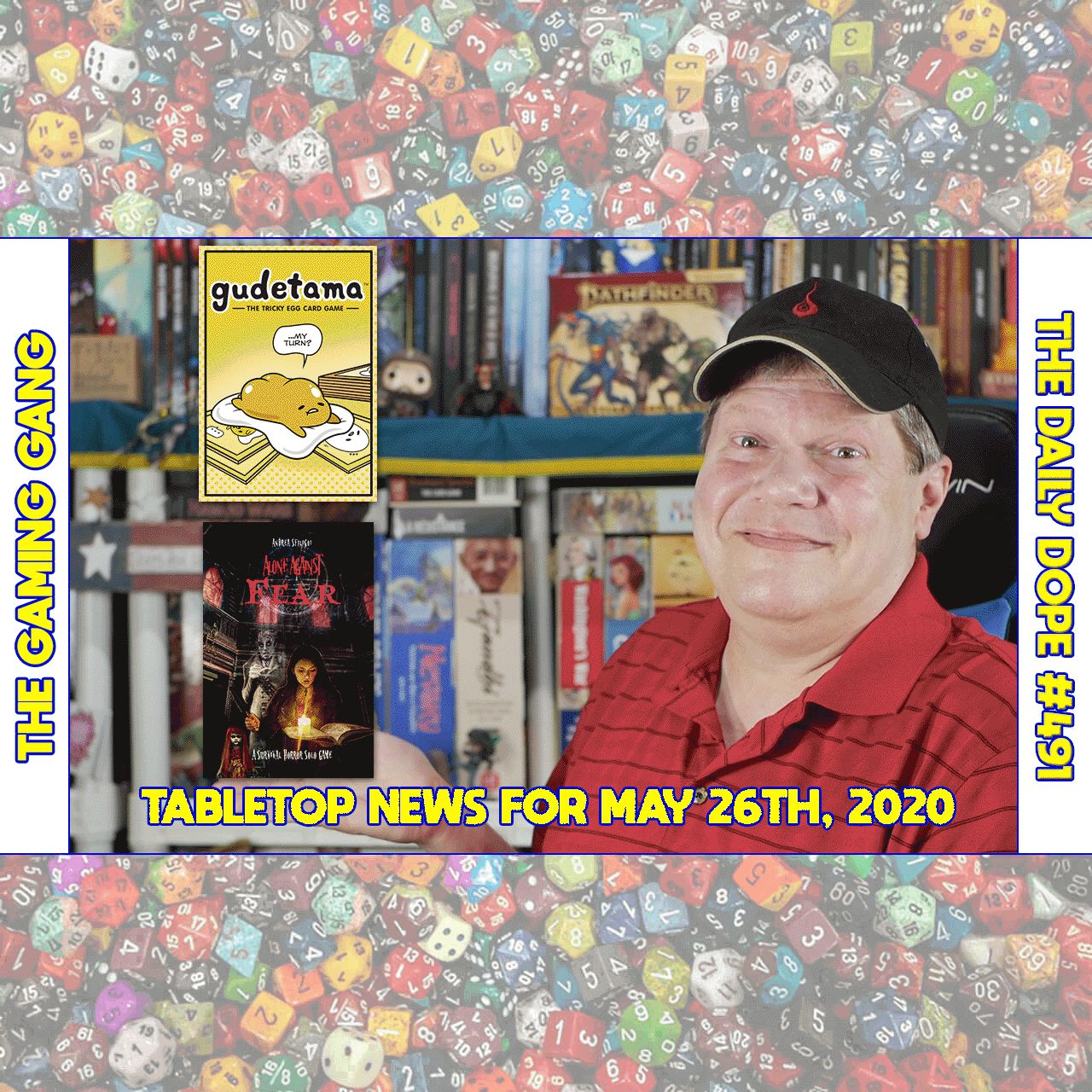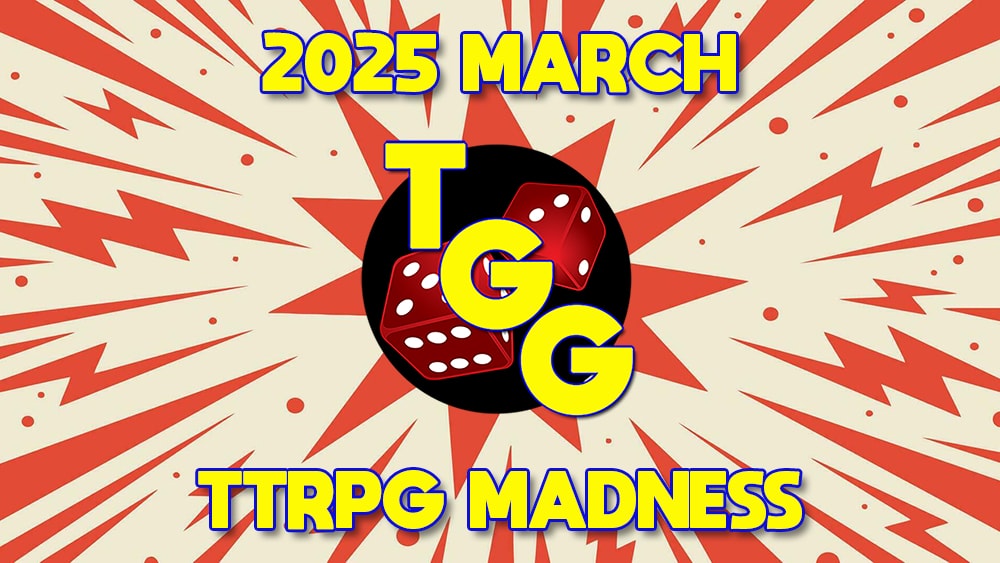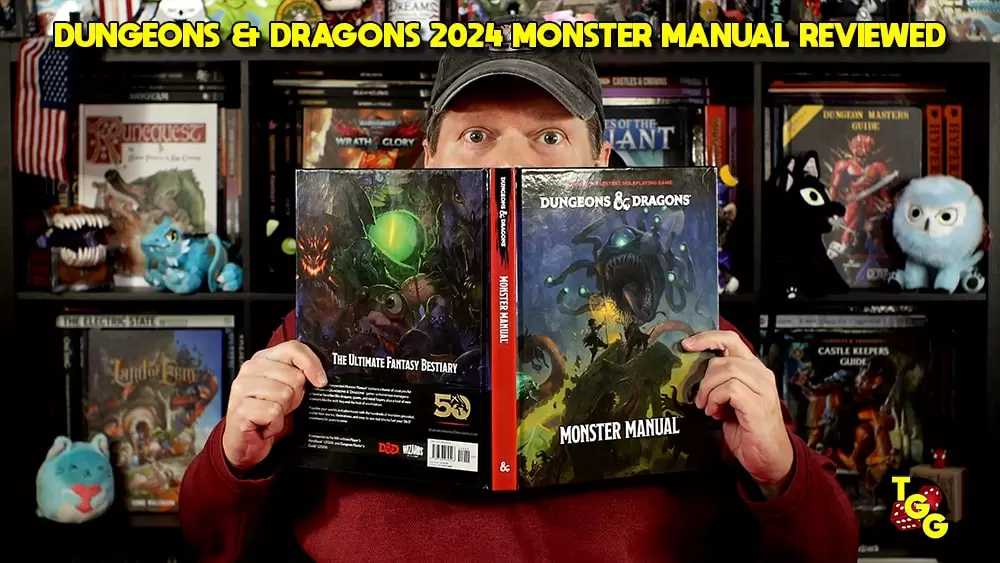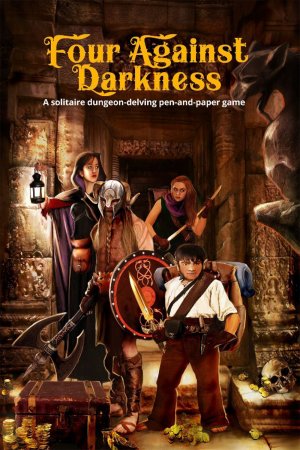
Publisher: Ganesha Games
Designer: Andrea Sfiligoi
Artists: Andrea Sfiligoi, Jack Badashski, Heather Shinn, and J.M. Woiak
Year: 2016
Players: One (with multiplayer options)
Ages: 12+
Pages: 90
Playing Time: 45-90 minutes
Genre: Randomly generated, solitaire, old school style dungeon crawl
Retail Price: Paperback $12.99; PDF $8.00 from DriveThruRPG
Four Against Darkness is an entertaining and versatile dungeon dive, offering a single-player mode that feels almost like your favorite platformer and a multiplayer option which serves as a fun, yet non-threatening introduction to simple tabletop RPG mechanics for beginners; especially those who may feel intimidated by more in-depth systems.
Learning to play is easy, thanks to a manual that’s clearly written, intuitively laid out, and happy to provide quick reference sheets for most of the information players need to keep at hand.
While there may not be much in the way of flavor text to aid in creating the sense of a world, the game’s character classes do feel mechanically diverse and encourage players to explore different team permutations to make it through the dungeon and back again with maximum efficiency. Attempting to tease out these class synergies may add a level of appeal to Four Against Darkness for more strategically-minded gamers.
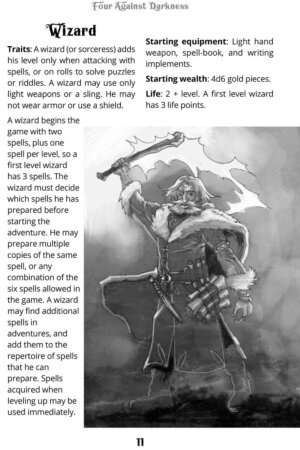
The real draw of the title comes in its dynamic dungeon creation system. A single D6 is rolled to determine the party’s starting room. Every subsequent area is created by the rolling of two differently colored D6 dice, with one being read as a ‘tens’ and the other as a ‘ones.’ Players then refer to a master list to determine the shape —literally, in this case¬¬— of what’s to come.
The range of room designs features a satisfying amount of variation and optional ‘locked door’ mechanics further add to the architectural diversity. The contents of each room are likewise determined by a series of supplementary D6 rolls, resulting in everything from traps and treasures, to healing fountains and curse altars, to monsters and minions both weird and mundane. Even the way monsters react to a party is dependent upon the whims of the dice; players may be allowed to slip by, be tasked with a quest, or be required to fight — sometimes, to the death.
This is where the aforementioned quick references come in handy as, unless you’re planning to memorize each individual table’s contents and detail, you’ll need to keep some kind of explanation nearby. In addition to summaries of character types and statistics, as well as roll tables, and battle rules, the developers have also included a flow-chart for room population. While this may seem somewhat unusual, it helps to codify the system, especially for players who consider themselves to be more visual thinkers.
Four Against Darkness is a strong base system with a clear potential for expansion into more in-depth mechanics, as well as scenarios. For GMs looking to branch out into monster 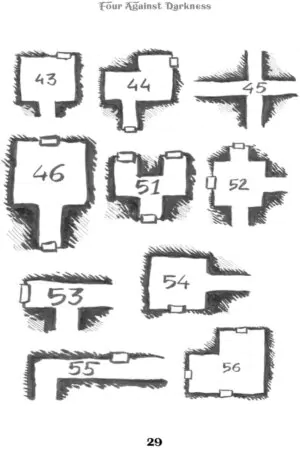
While not designed to be as robust as some other tabletop systems, Four Against Darkness is an enjoyable, low barrier to entry title. Experienced gaming enthusiasts will find a great, travel-friendly system to play while away from the larger table, while fans just coming into the hobby can take advantage of relatively simple mechanics to jump right in. Dynamic generation keeps replayability high and a flexible system means games can adjust to imposed time limits. Tech savvy players may be able to execute an all-digital version, relying on spreadsheets instead of paper, and digital dice instead of their physical counterparts.
If brawling with monsters and exploring the darkest of dungeons in the hope of hidden treasure is what brought you to the world of tabletop RPGs, Four Against Darkness is a strong addition to your collection.
[rwp-review id=”0″]




